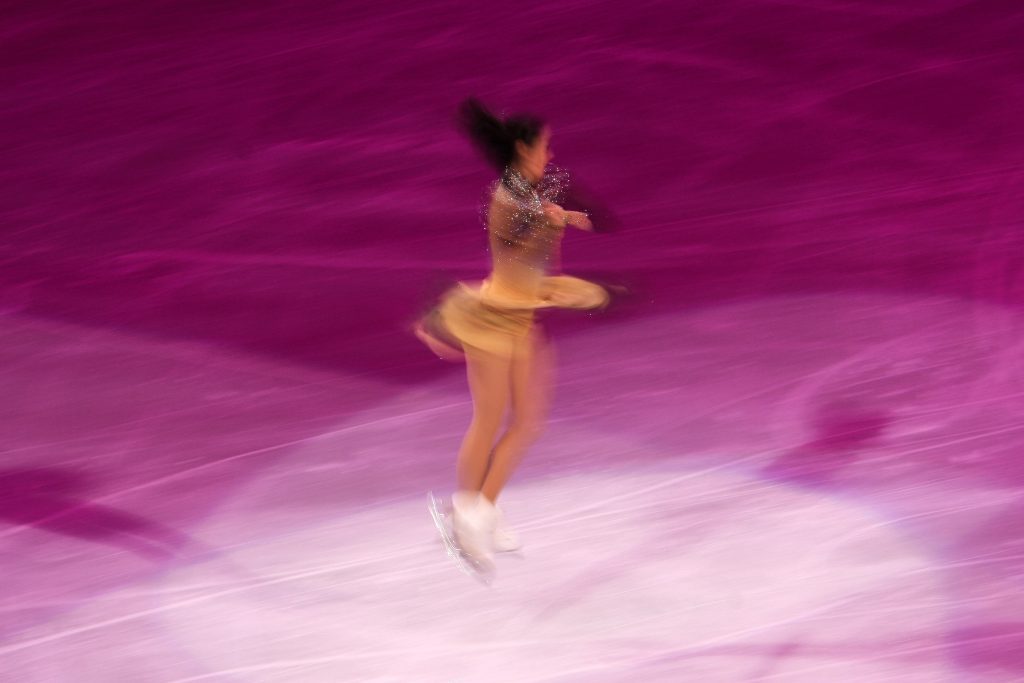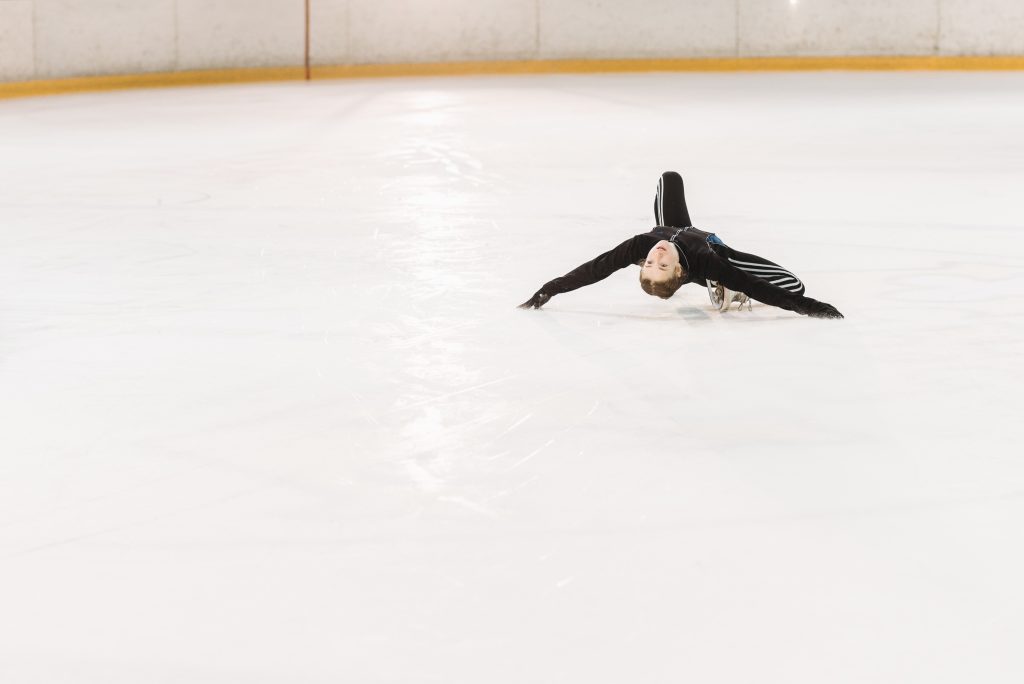The Science Behind How Figure Skaters Avoid Getting Dizzy
Figure skating is a visually stunning sport that involves intricate spins and turns that are often performed at high speeds. Despite the dizzying nature of these movements, figure skaters are able to maintain their balance and orientation without getting dizzy. Figure skaters’ ability to avoid dizziness can be attributed to a variety of factors, such as their training, body control, and use of visual cues.

Firstly, they undergo extensive training to enhance their spatial awareness and balance. This training involves practicing spins and turns repeatedly until they become second nature. Over time, their bodies become accustomed to the movements, making it easier for them to execute complex maneuvers without feeling dizzy or disoriented.
Secondly, figure skaters have excellent body control, which enables them to maintain their balance and prevent dizziness. They are able to keep their eyes fixed on a single point, even when they are spinning rapidly. This is because they have developed the ability to stabilize their gaze using a technique called “spotting”.
By focusing on a specific point before and after each spin, figure skaters are able to maintain their orientation and avoid getting dizzy.

Finally, visual cues play an important role in helping figure skaters avoid dizziness. When they are spinning, they use their peripheral vision to track their surroundings and maintain their orientation. Figure skaters can detect alterations in their body position and make the necessary adjustments to their movements to maintain control and avoid dizziness.
In summary, figure skaters are able to perform complex spins and turn without getting dizzy due to their extensive training, excellent body control, and use of visual cues. These skills allow them to maintain their balance and orientation, even when performing movements that would make most people feel dizzy or disoriented.
